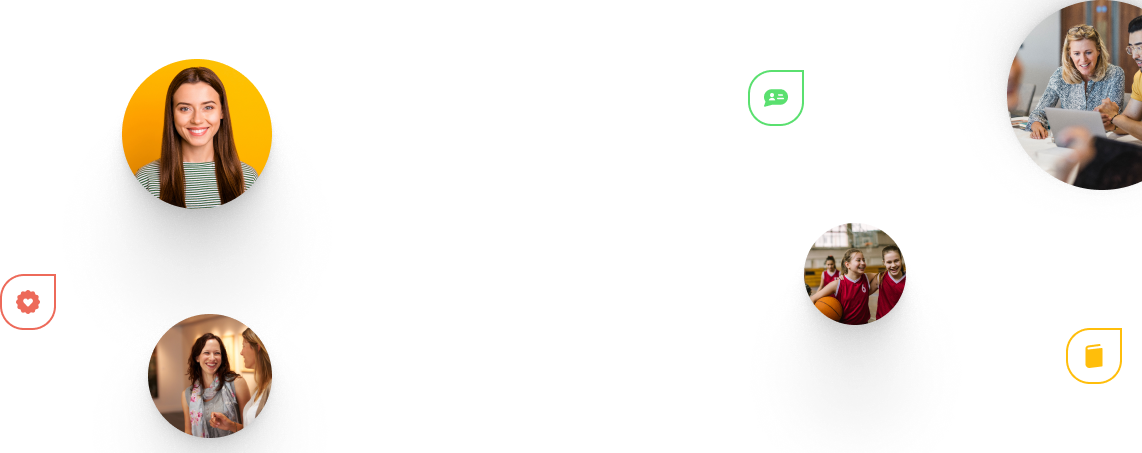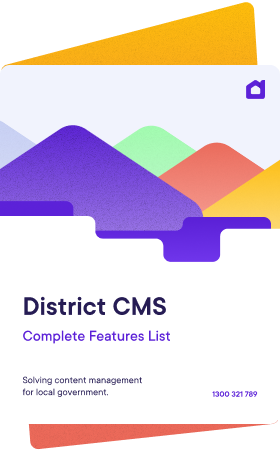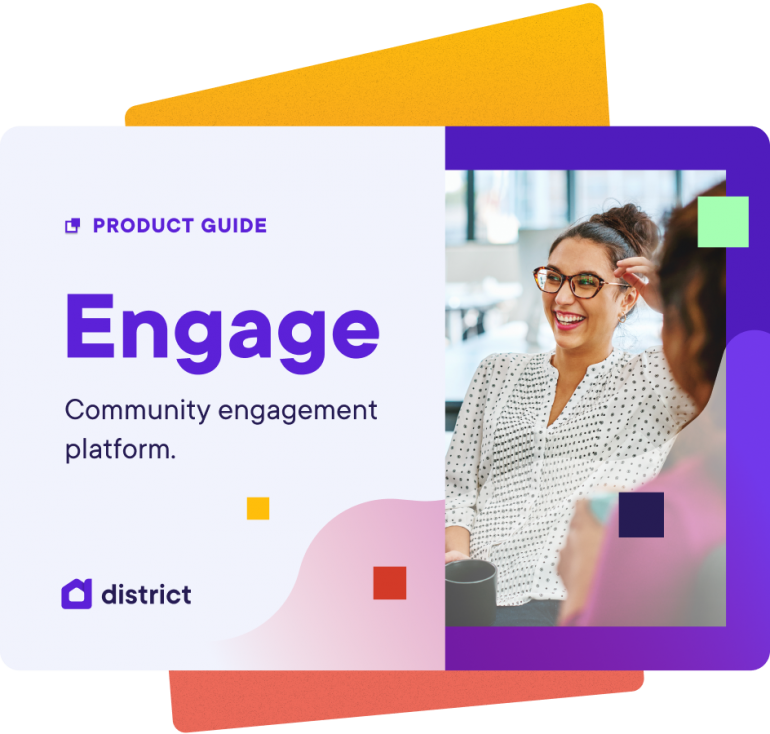One of the key questions for community engagement professionals to ask when first embarking on a new project is Why? What is the purpose of the engagement? What do you really want to achieve?
If you know the answer to that question, you’ve got a good idea what success looks like. But what if it could also give you a plan on how to get there?
The “Engagement Triangle” is a tool that’s designed to do just that.
Inspired by the guiding principles of the IAP2, and developed by Capire Consulting, the Engagement Triangle is a spatial tool to help practitioners and stakeholders develop their project goals. It can then guide practitioners to choose the most appropriate engagement tools for their project.
In this article, we’ll take a closer look at the Engagement Triangle, and discover how it can help community engagement practitioners drive their public consultation campaign.
Community consultation and the engagement triangle
Governments and other public-focused organisations are increasingly turning to community engagement practices to improve outcomes for public projects and policy design. Not only do on-the-ground insights from locals lead to informed decision-making and data-driven solutions, it’s also cost effective, and helps to puts valuable resources where they’ll have the most impact.
The International Association for Public Participation (IAP2) outlines clear principles about community engagement practices. The IAP2 Spectrum is a much used resource for community engagement practitioners, detailing a sliding scale of public involvement in decision-making processes, that ranges from simply informing the community, right through to empowering them.
Informed by these principles, the Engagement Triangle is a spatial tool for community engagement practitioners.
The Triangle should be used in the early stages of engagement planning to help clarify goals, map stakeholders and identify appropriate tools and techniques (Capire Consulting, 2022)
Each point of the Triangle represents a different purpose-driven outcome:
- Sharing information
- Strengthening relationships
- Informing decisions
Let’s take a closer look at these three outcomes and how each one can impact your engagement strategy:
Sharing knowledge
The first point in the engagement triangle is about providing stakeholders with clear, accurate information on a specific issue.
If the purpose of your engagement is to ensure that community members are well-informed about upcoming changes, projects, or policies, your efforts will revolve around this point.
On the ground, this might translate into actions including posting regular updates, hosting workshops, and making sure your stakeholders have access to information and resources.
Strengthening relationships
The second point of the engagement triangle is about fostering deeper connections within the community. If this is what you want to achieve, you would look to facilitate open dialogues, host community events, and encourage collaborative initiatives to nurture a sense of unity and shared purpose.
Informing decisions
The third point of the engagement triangle is about enhancing the skills and knowledge of people in the community, and empowering them to contribute to the decision-making process. If this is the purpose of your engagement strategy, look to training sessions, skill-building workshops, and collaborative programs to equip community members with the skills to drive positive changes in their communities.
Aligning tools with objectives
For most project managers and stakeholders, the purpose of engaging with the community will fall somewhere on the spectrum between the three points of the triangle. Once you have clarified and defined your purpose, it’s time to select the most appropriate tools and techniques to help you achieve your objectives. It’s worth considering the power and potential of digital tools at this point.
A community engagement platform like District Engage is a powerful resource for engagement managers, and offers a wide range of participation tools and resources - plus the reporting and analytics capacity to help you measure the success of your project.
Sharing knowledge
If the purpose of the engagement campaign is to provide clear, accurate information to inform citizens about issues that may affect them and their communities, an engagement platform like District Engage can help.
The Platform provides each engagement project with a standalone page that contains key information about the project, including:
- interactive maps
- image gallery
- links to documents
- project timeline
- event listings
- project updates that are also sent as notifications to interested stakeholders.
If the purpose of your project is keeping the public informed and providing easy access to important information to help residents make informed decisions, a digital platform is worth considering.
Strengthening relationships
If the goal of your engagement campaign is to strengthen the relationship between your organisation and the public, you’ll want to encourage the community to get involved and actively contribute their ideas and opinions. Digital participation tools like surveys and quick polls are a great way to reach out to communities and ask for their feedback, while online and town hall community forums can generate a positive environment where citizen contributions are valued. Consider community events such as BBQs or street stalls to raise awareness, while also giving people a chance to share their views and have a safe place to join the discussion.
To reach a diverse audience, you’ll need to tailor your message - and the medium - to reach specific groups, such as the CALD community or young people. Comprehensive reporting and analytics tools are invaluable here and can guide you to pivot your messaging in the right direction to meet marginalized groups where they are.
Closing the feedback loop is particularly important when you want to build trust in the community. If the community has shared unique insights about a particular project, it’s very important to share with them how their feedback has contributed to the outcomes. This builds trust and a shared sense of purpose.
Building capacity
If your aim is to empower your community with the skills and the capacity to create meaningful change, collaboration is key. One-on-one interviews give key insights, focus groups give a sense of ownership and drive empowerment, and skill-building workshops give citizens the skills and knowledge to be active contributors to their community.
Purpose-led engagement
Understanding the ultimate goal of an engagement project can power your campaign, whether you want to share information, build a stronger relationship with the community or empower citizens with the skills to build their capacity. The Engagement Triangle is a useful tool to use at the outset of your campaign, to clarify goals and ensure all stakeholders are on the same page. Adding digital engagement tools into your strategy can strengthen your campaign, giving you access to powerful reporting and delivering insightful results.



